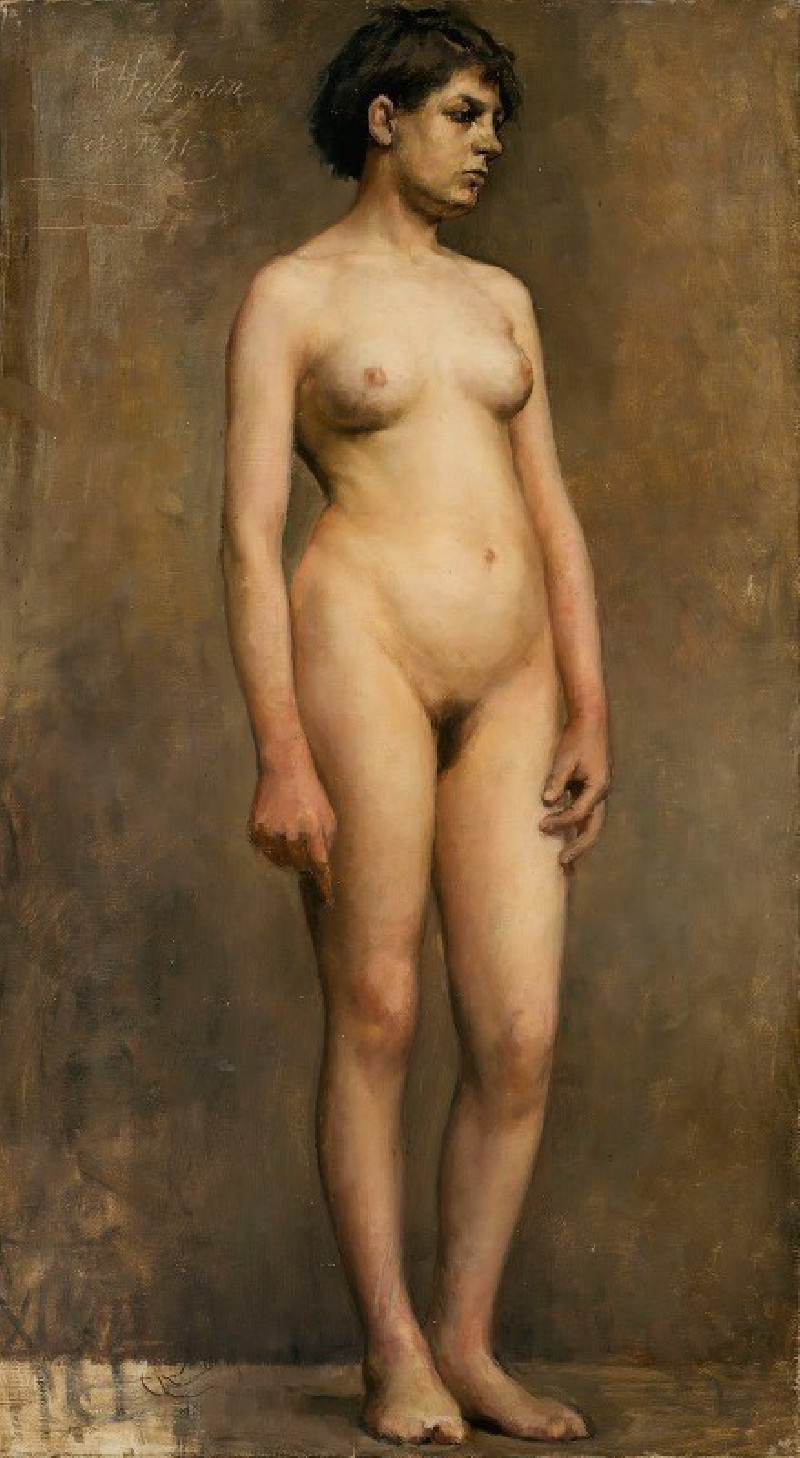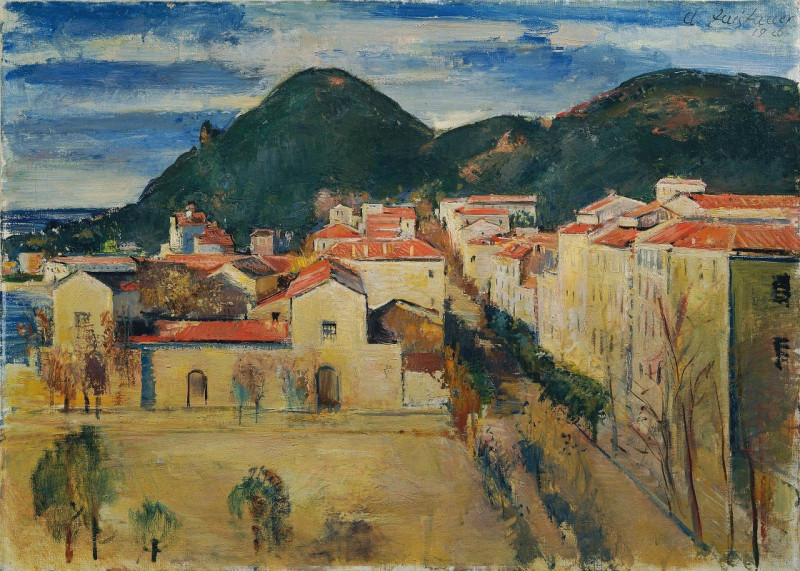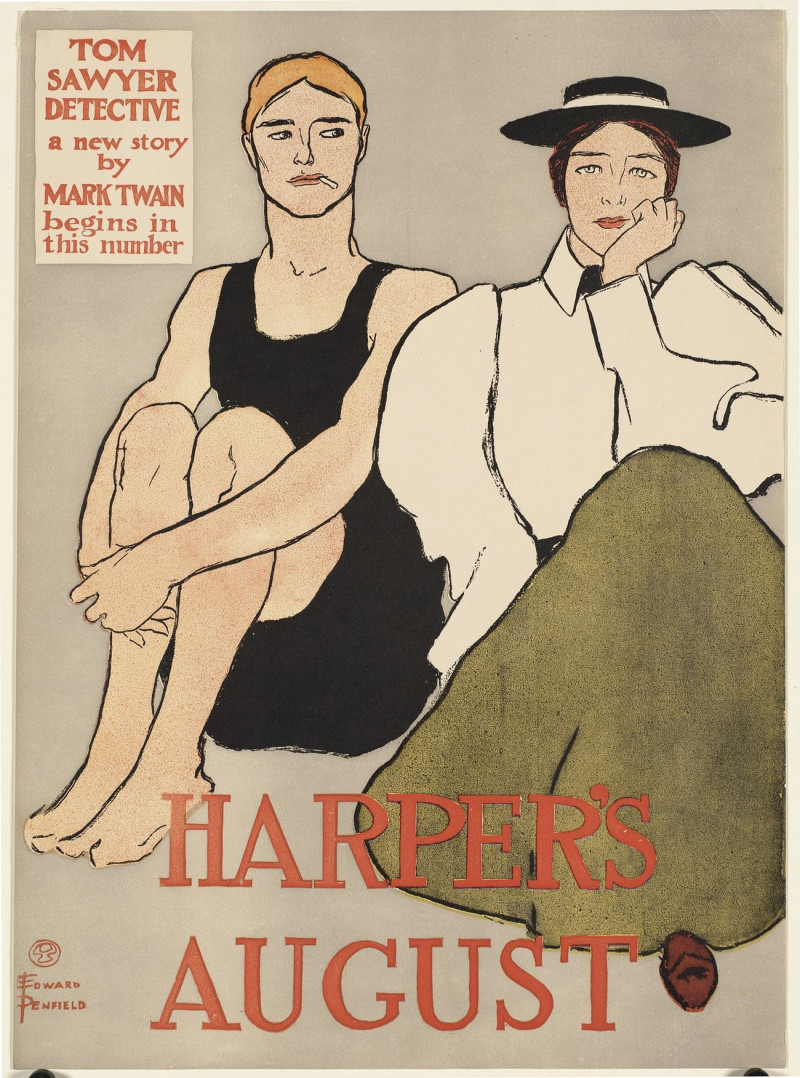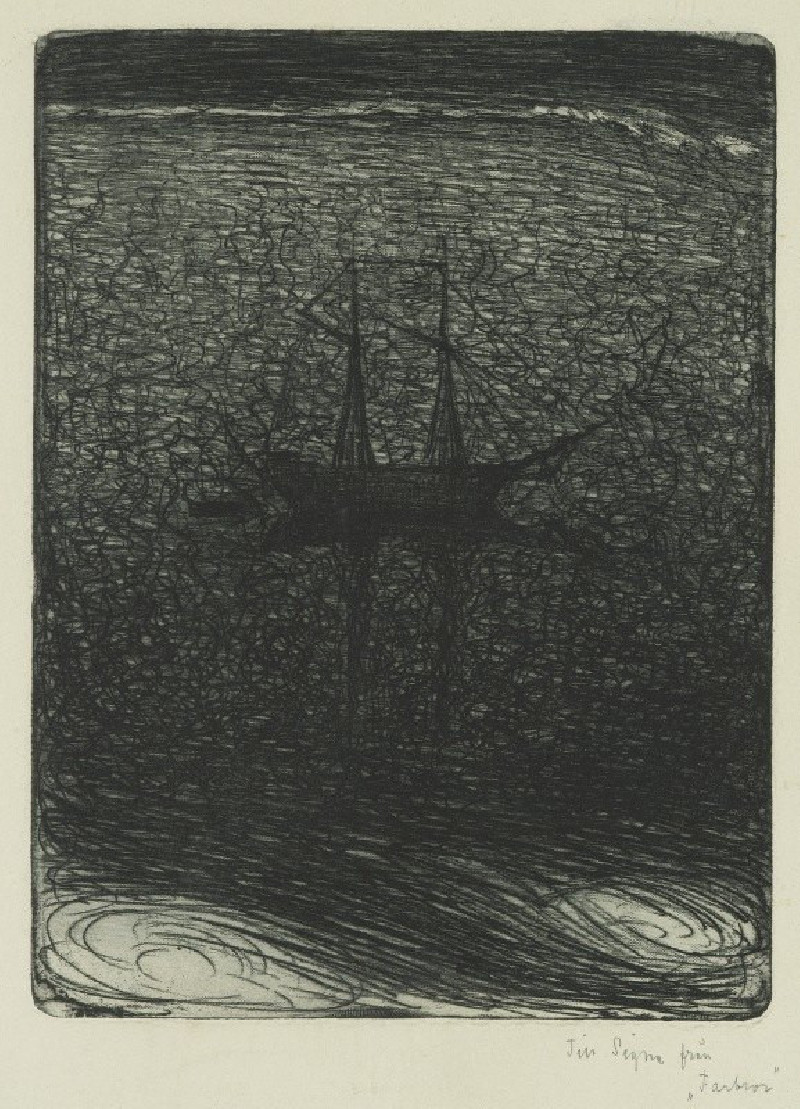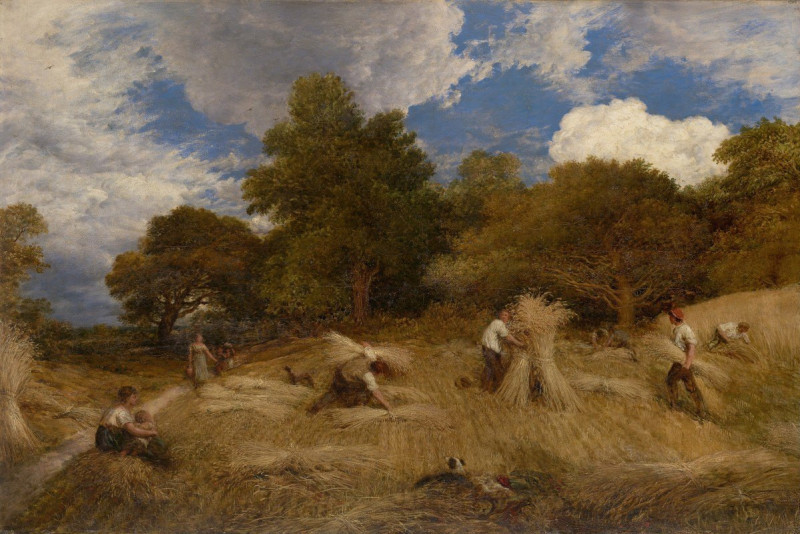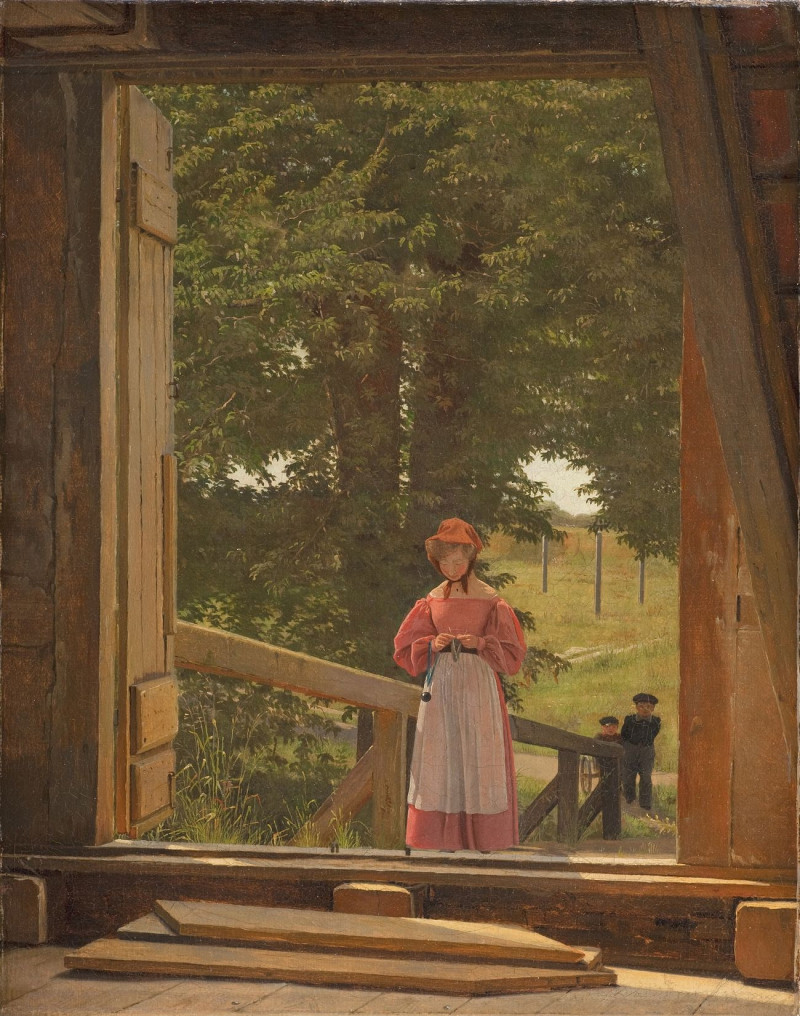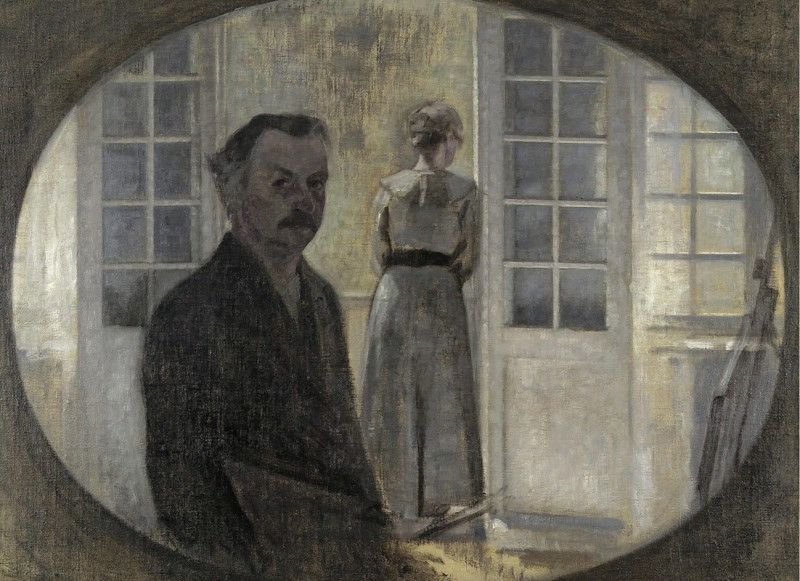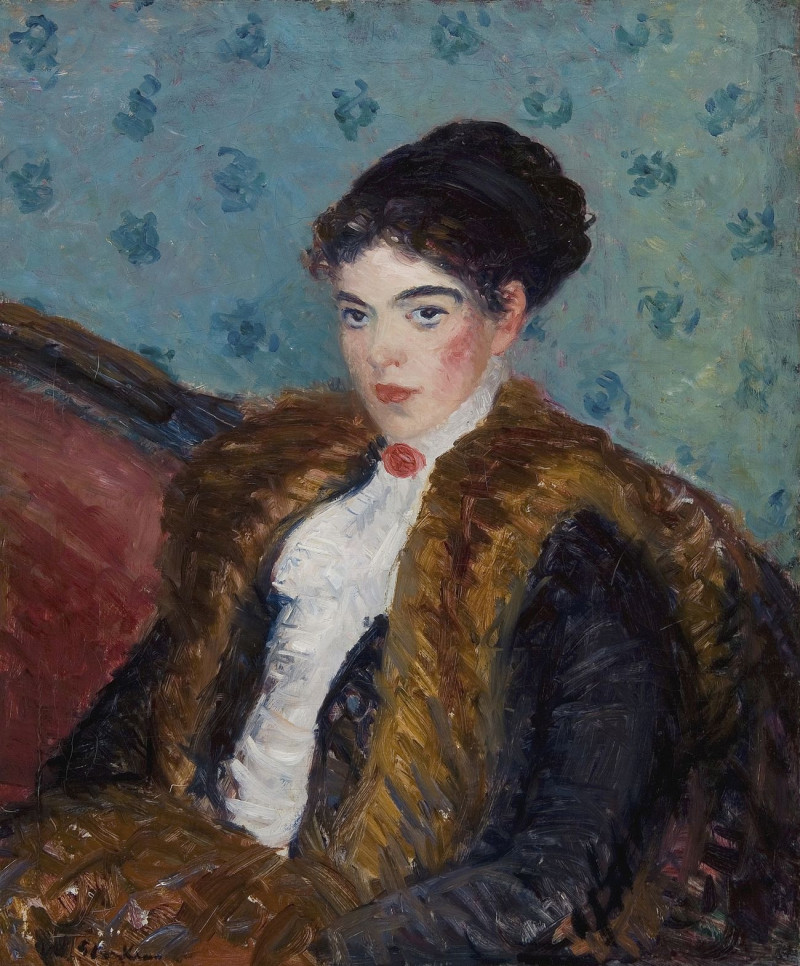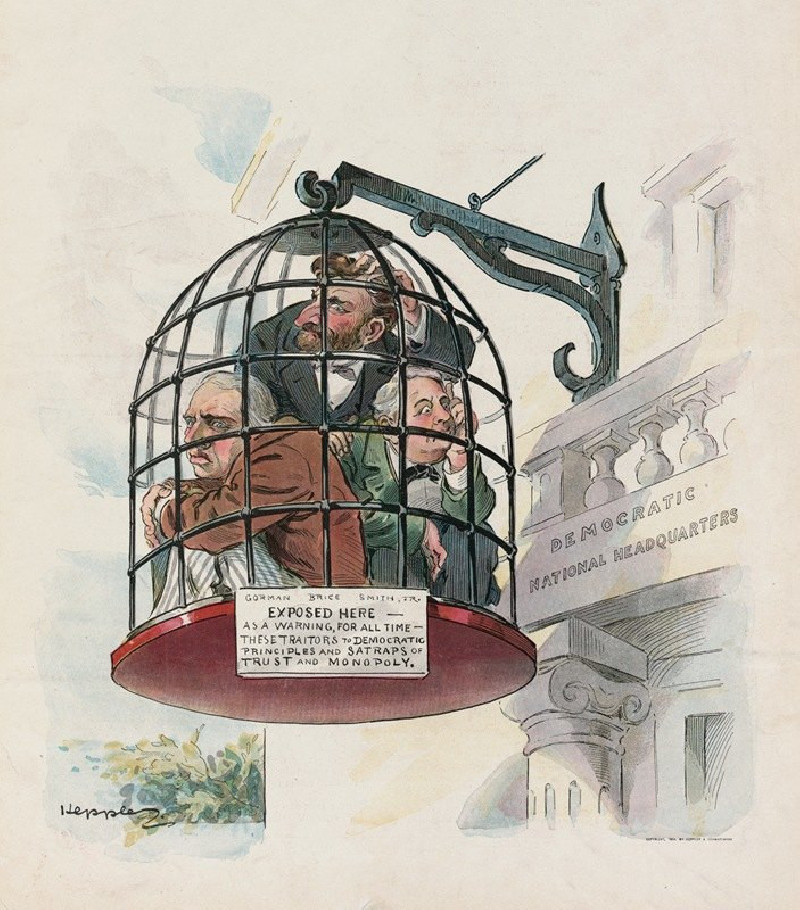The Bonaventure Pine (1893)
Technique: Giclée quality print
Recommended by our customers
More about this artwork
Explore the mesmerizing work of Paul Signac through "The Bonaventure Pine" painted in 1893, a captivating exploration of color and light through the technique known as Pointillism. In this magnificent landscape, Signac immortalizes the grandeur of a solitary pine tree, standing resolute against the airy backdrop of the Saint-Tropez coast.The mastery of Signac’s pointillist technique is evident in how thousands of tiny, precise dots coalesce to form a vivid, dynamic image. The tree itself is rich with shades of green, interspersed with hints of yellow and blue, suggesting the interplay of light and shadow through its dense, leafy branches. The swirling sky, rendered in soft blues and whites, mirrors the gentle movements of the wind, providing a stark contrast to the robust form of the pine.Below, the earth is depicted in a palette of blues, greens, and violets, suggesting the coolness of the shaded ground, while distant sails on the horizon hint at the expansive, tranquil sea. This juxtaposition of the sturdy, timeless form of the pine against the fleeting, fluid elements of sky and water encapsulates a moment of nature’s ephemeral beauty, frozen in time by Signac’s unique artistic vision."The Bonaventure Pine" is not merely a depiction of a landscape; it is an invitation to perceive the world through a spectrum of color-points, highlighting the harmony and tranquility of nature. This painting invites viewers to step back, allowing the colors to blend at a distance and to appreciate the complex interrelations of hue and form in our own perception of the world.
Delivery
Returns
Paul Signac (1863-1935) was a French Neo-Impressionist painter. Together with Georges Seurat, Signac developed the Pointillism style. He was a passionate sailor, bringing back watercolor sketches of ports and nature from his travels, then turning them into large studio canvases with mosaic-like squares of color. He abandoned the short brushstrokes and intuitive dabs of color of the impressionists for a more exact scientific approach to applying dots with the intention to combine and blend not on the canvas, but in the viewer's eye.




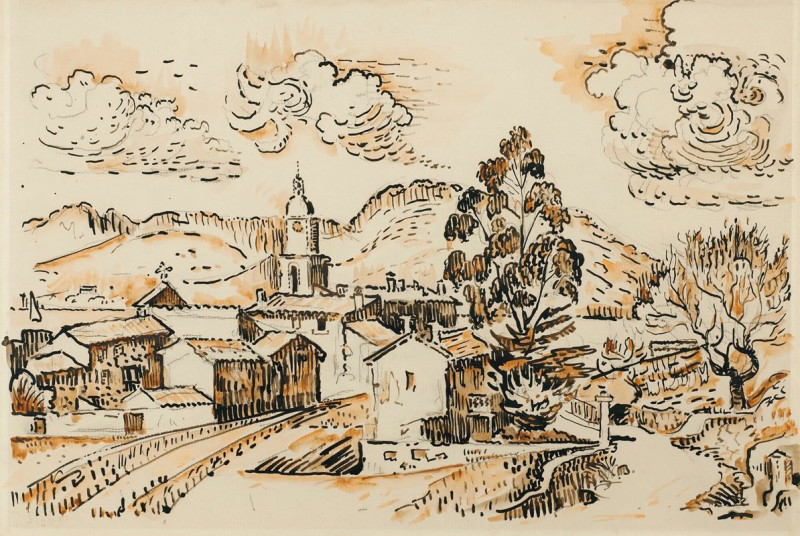

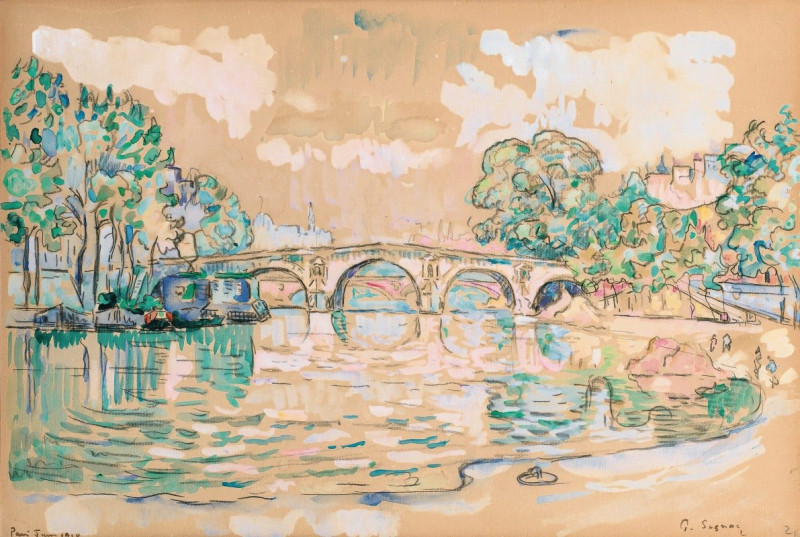
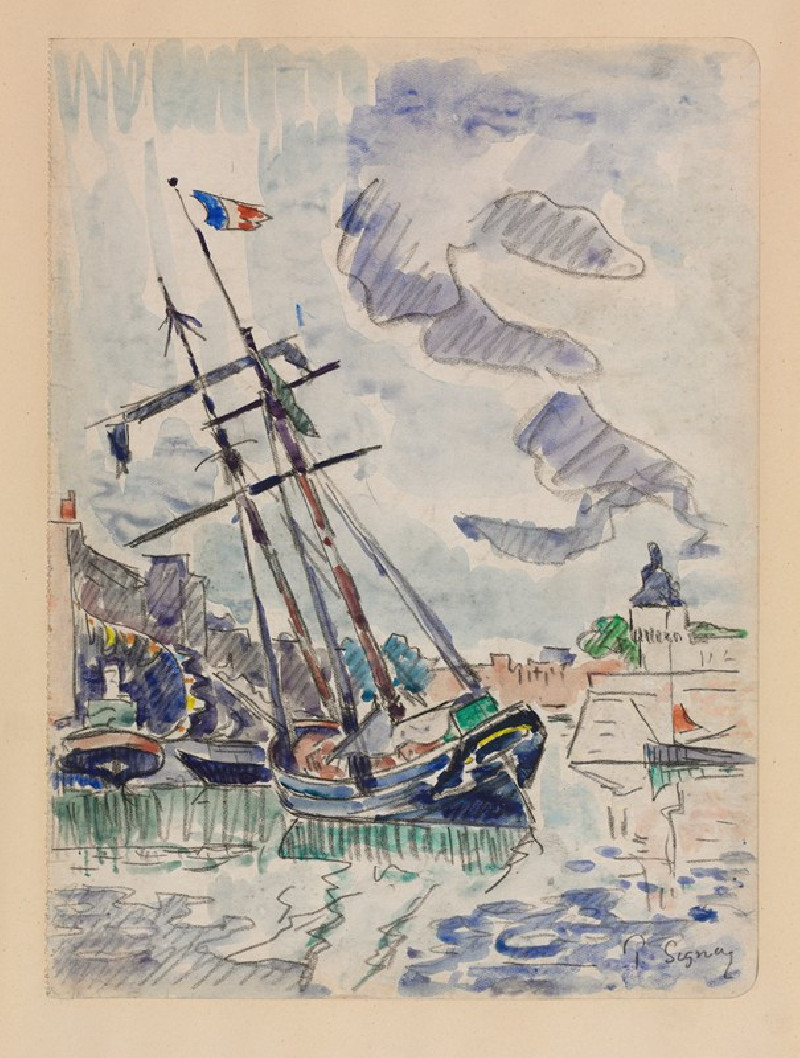


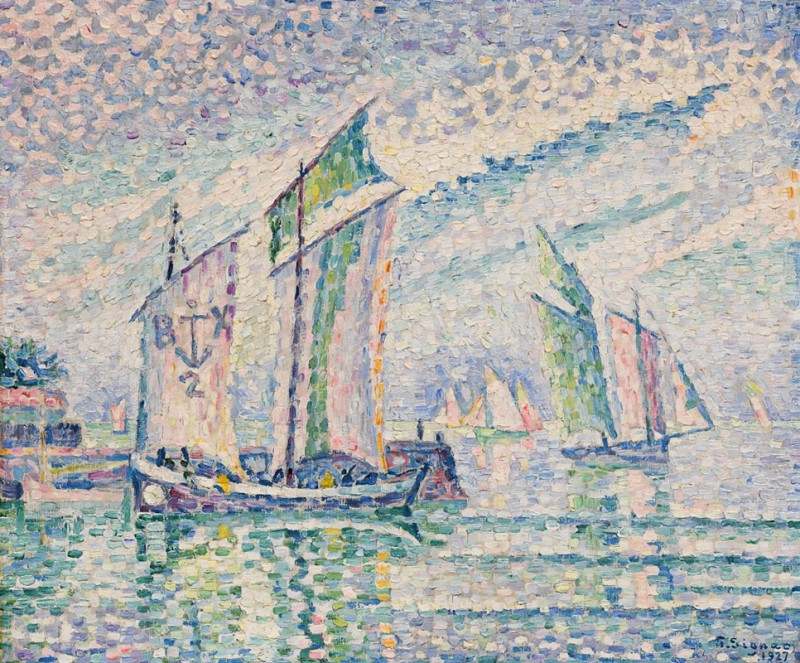
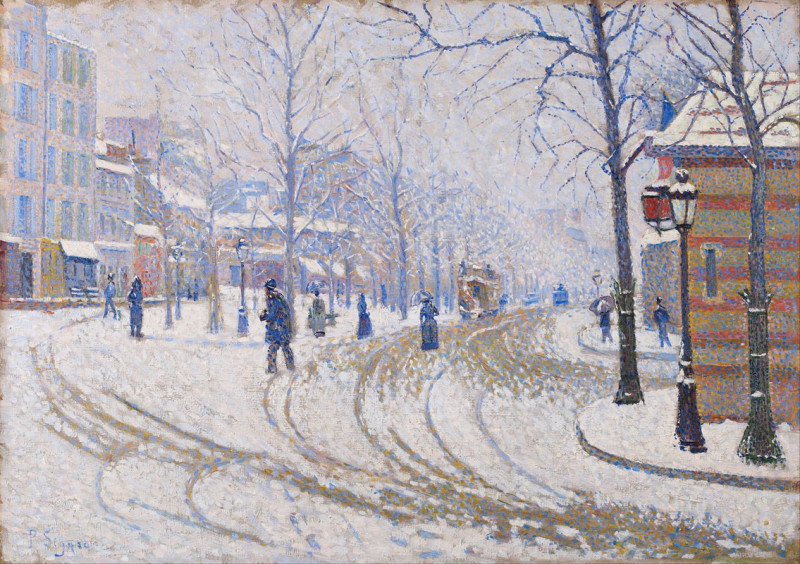
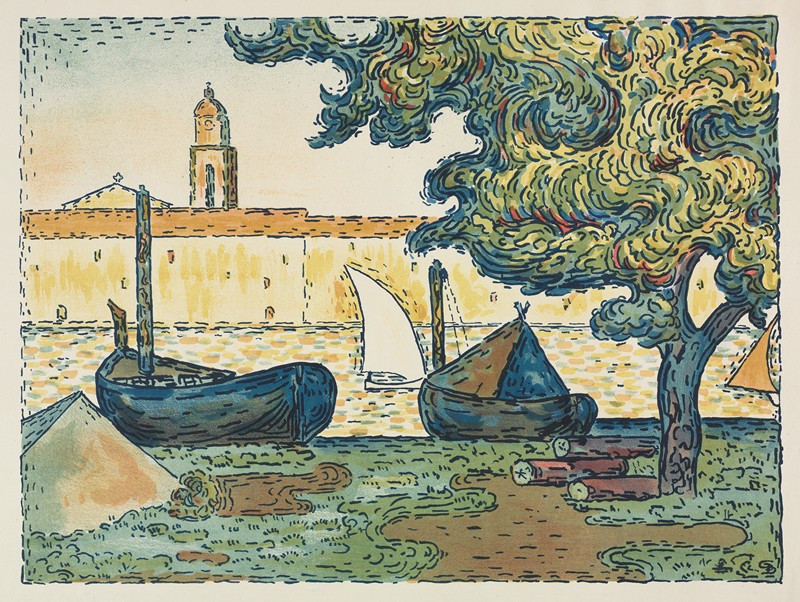


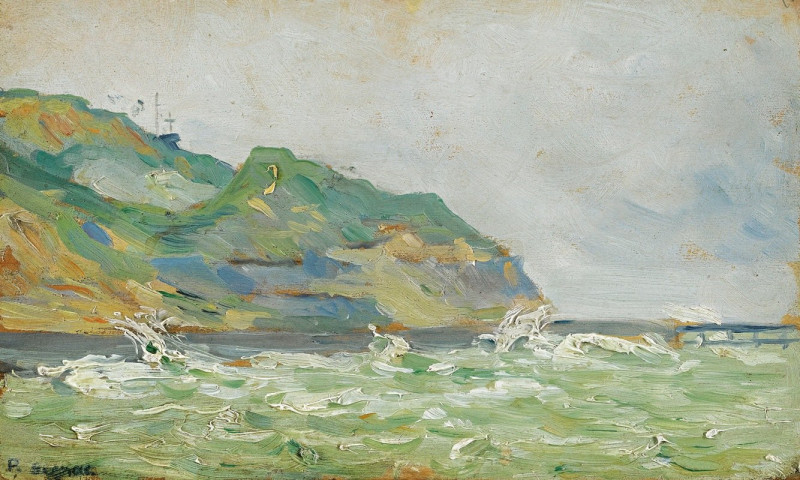
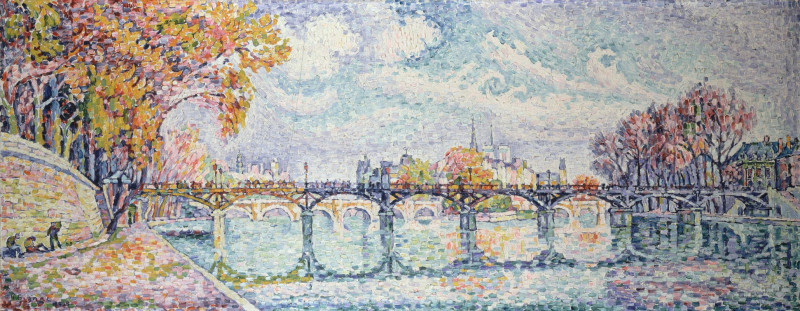
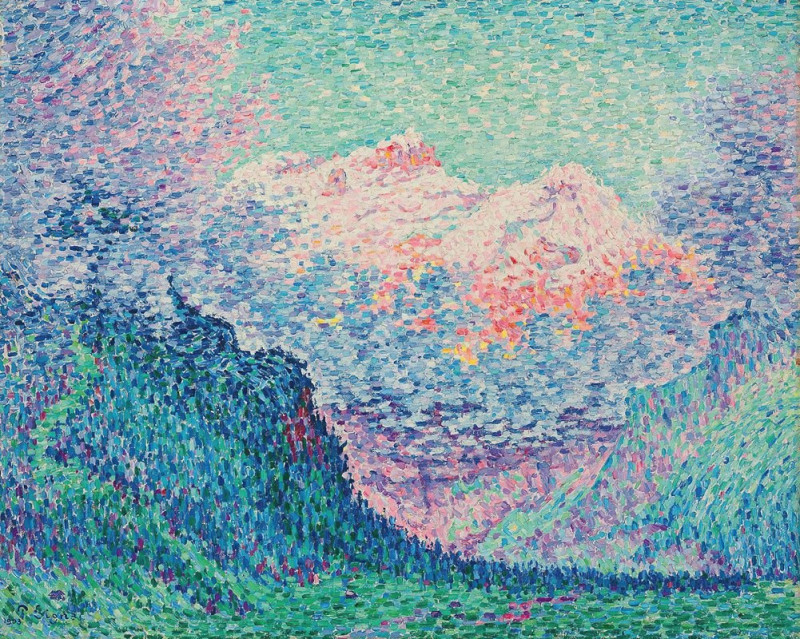

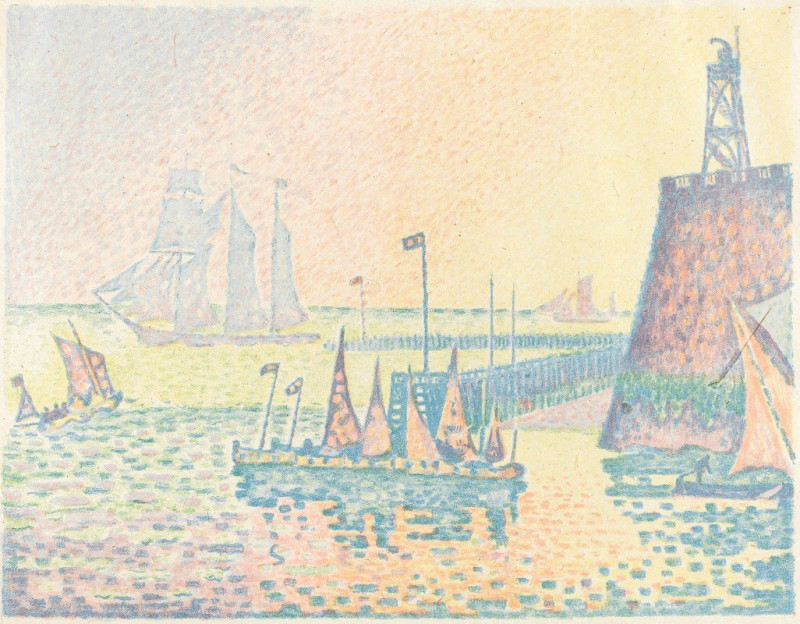
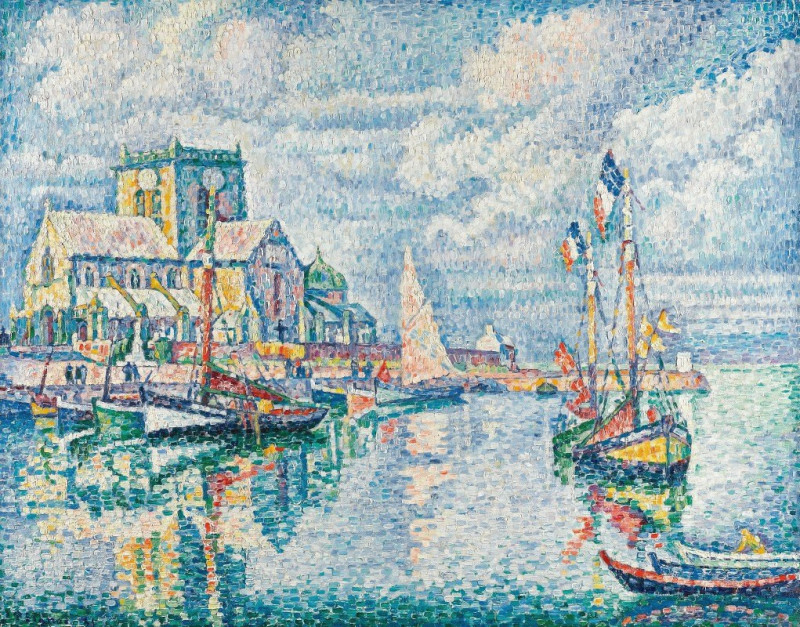

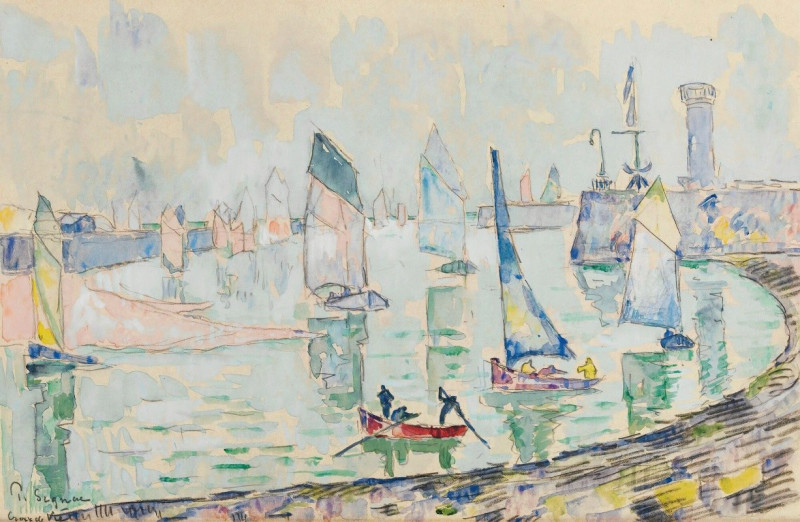


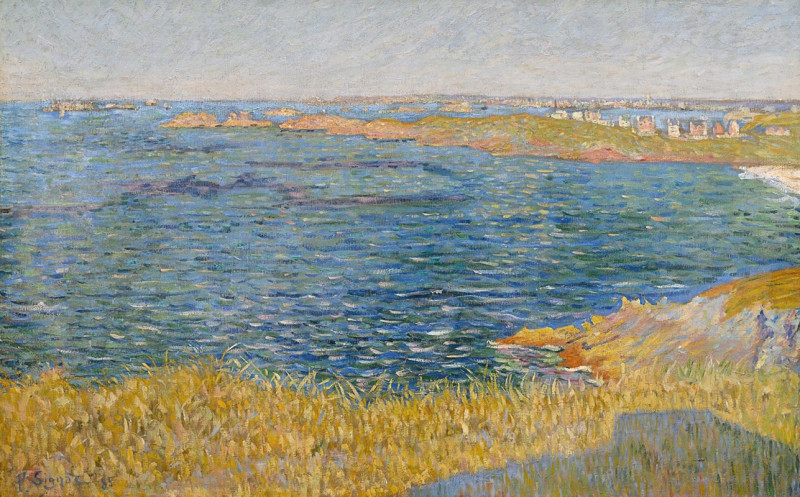
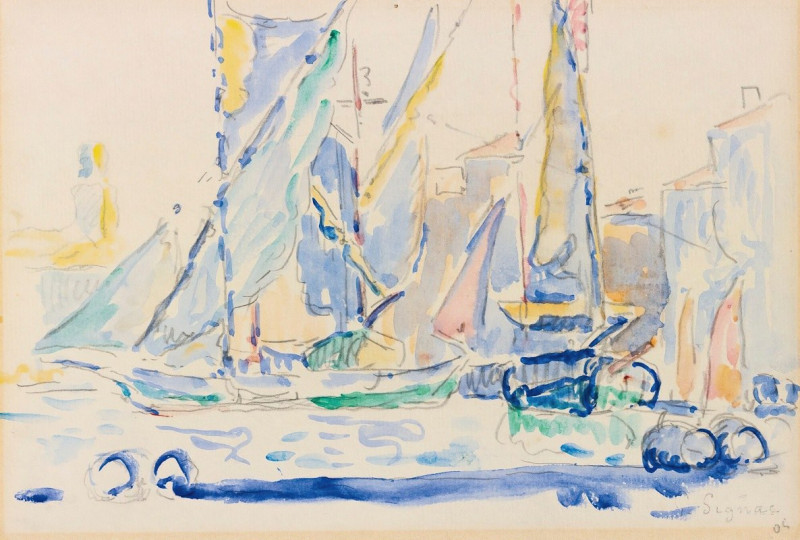
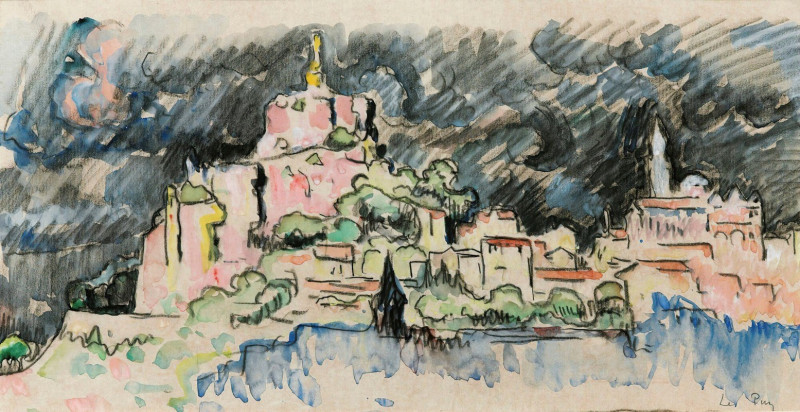
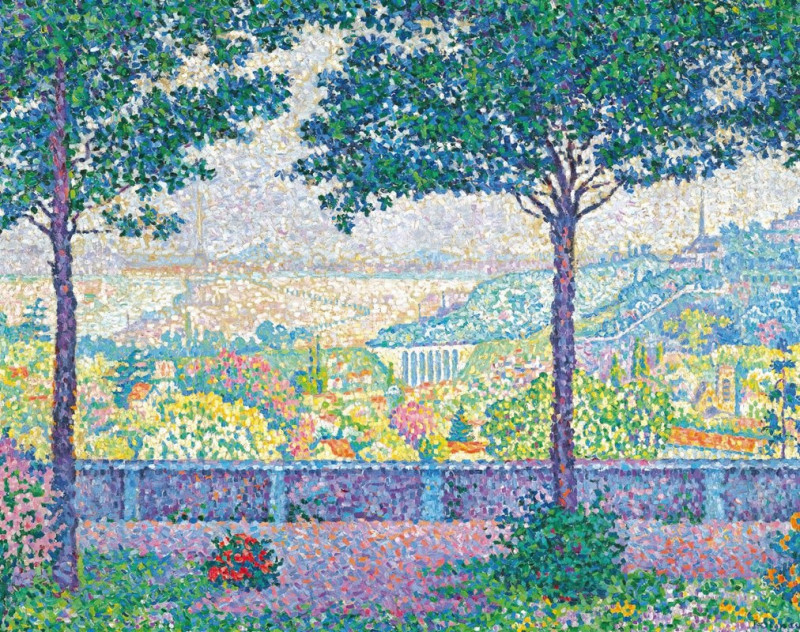

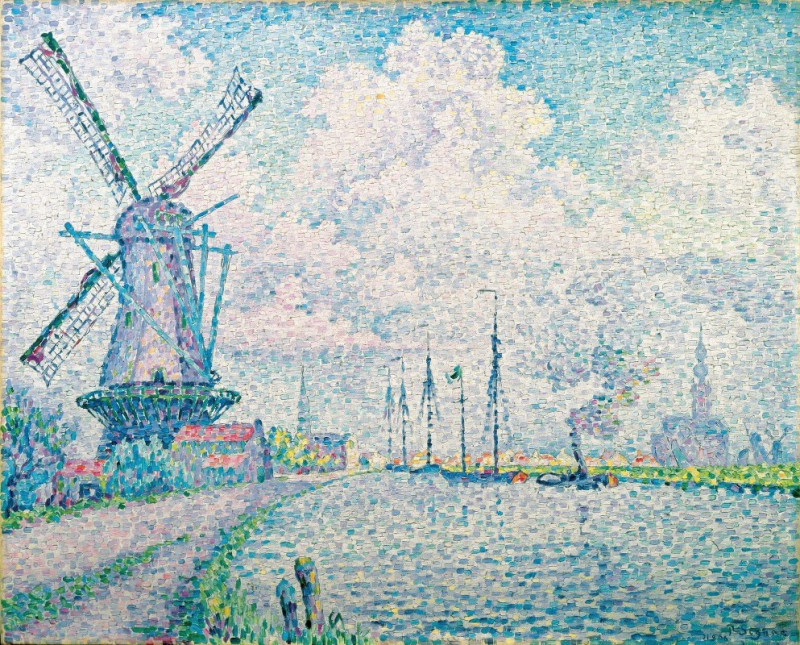
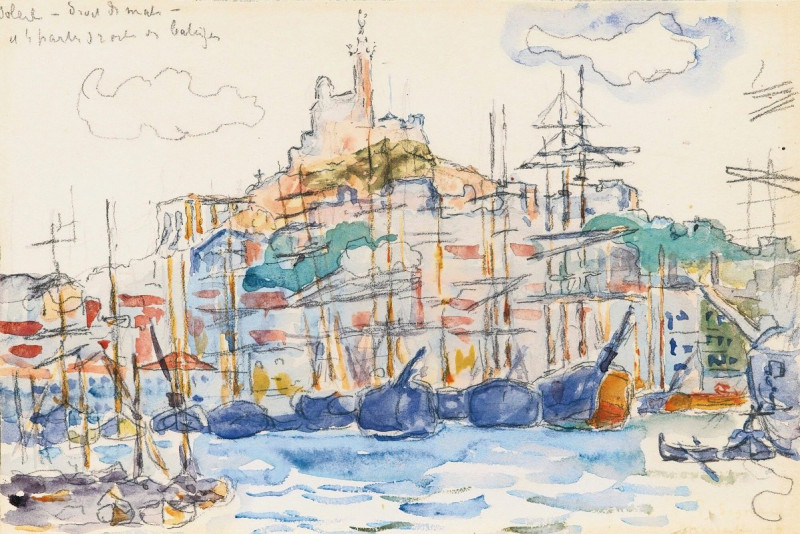
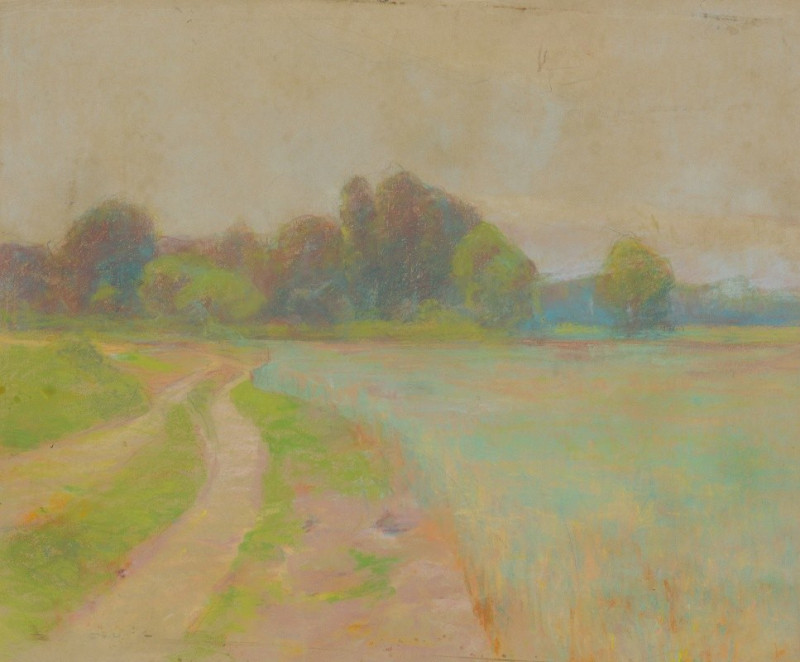
![Lateral view of the temple called the Typhonæum, at Dendera [Dandara]. (1846-1849) reproduction of painting by David Roberts....](https://reprodukcijos.lt/39103-large_default/reproduction-of-lateral-view-of-the-temple-called-the-typhonaeum-at-dendera-dandara-1846-1849.jpg)
